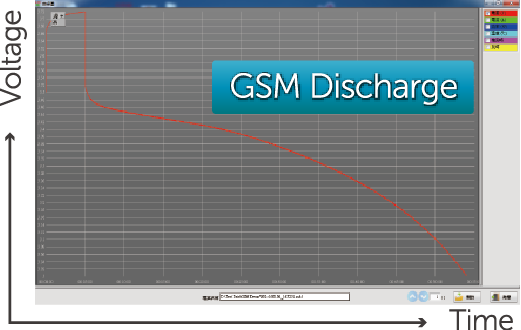

Slow battery chargers may take several hours to complete a charge. Lithium-ion batteries cannot handle indefinite trickle charging. Some battery types cannot tolerate trickle charging attempts to do so may result in damage. Ī trickle charger provides a relatively small amount of current, only enough to counteract self-discharge of a battery that is idle for a long time. Chargers may elevate the output voltage proportionally with current to compensate for impedance in the wires. The charger may have temperature or voltage sensing circuits and a microprocessor controller to safely adjust the charging current and voltage, determine the state of charge, and cut off at the end of charge. Other battery types cannot withstand over-charging, becoming damaged (reduced capacity, reduced lifetime), over heating or even exploding. Other battery types use a timer to cut off when charging should be complete. Simple chargers of this type must be manually disconnected at the end of the charge cycle. Some battery types have high tolerance for overcharging (i.e., continued charging after the battery has been fully charged) and can be recharged by connection to a constant voltage source or a constant current source, depending on battery type. The charging protocol (how much voltage or current for how long, and what to do when charging is complete) depends on the size and type of the battery being charged.
#Battery pulse discharge plus#
An iPhone 14 Plus plugged in for chargingĪ battery charger, recharger, or simply charger, is a device that stores energy in a battery by running an electric current through it.


 0 kommentar(er)
0 kommentar(er)
